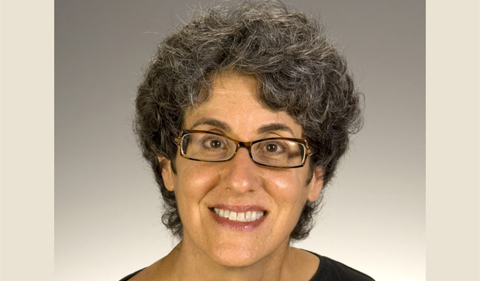The Contemporary History Institute Guest Lecture Series presents Dr. Jacqueline H. Wolf discussing “The Cesarean Section Rate: An American History of Risk, Technology, and Consequence” on March 29 in Baker 231 at 4:30 p.m.
Between 1969 and 1987, the cesarean section rate in the United States rose 455 percent—from 4.5 to 25 percent of births. By 2009, one in three births was by cesarean, far higher than the 5 to 10 percent rate that the World Health Organization has long suggested is optimal. While physicians largely avoided cesareans before the 1970s, by the early 21st century, cesarean section had become the most commonly performed surgery in the country. Although the procedure can be life-saving, how—and why—did it become so ubiquitous? In her talk, Wolf will describe some of the historical and cultural forces that have re-framed the meaning of risk in relation to both cesarean birth and vaginal birth.
Wolf is Professor of the History of Medicine in the Department of Social Medicine at Ohio University. Her research focuses on the history of birth and breastfeeding practices in the United States. Her articles have appeared in many venues including the American Journal of Public Health, Journal of Social History, Signs, Journal of the History of Medicine and Allied Sciences, and Milbank Quarterly. Her third book, Cesarean Section: An American History of Risk, Technology, and Consequence, will be published by Johns Hopkins University Press in May 2018. The book was funded by a three-year grant from the National Institutes of Health.
This event is free and open to the public.
 About her new book, Cesarean Section: Between 1965 and 1987, the cesarean section rate in the United States rose precipitously—from 4.5 percent to 25 percent of births. By 2009, one in three births was by cesarean, a far higher number than the 5–10 percent rate that the World Health Organization suggests is optimal. While physicians largely avoided cesareans through the mid-20th century, by the early 21t century, cesarean section was the most commonly performed surgery in the country. Although the procedure can be life-saving, how—and why—did it become so ubiquitous?
About her new book, Cesarean Section: Between 1965 and 1987, the cesarean section rate in the United States rose precipitously—from 4.5 percent to 25 percent of births. By 2009, one in three births was by cesarean, a far higher number than the 5–10 percent rate that the World Health Organization suggests is optimal. While physicians largely avoided cesareans through the mid-20th century, by the early 21t century, cesarean section was the most commonly performed surgery in the country. Although the procedure can be life-saving, how—and why—did it become so ubiquitous?




















Comments